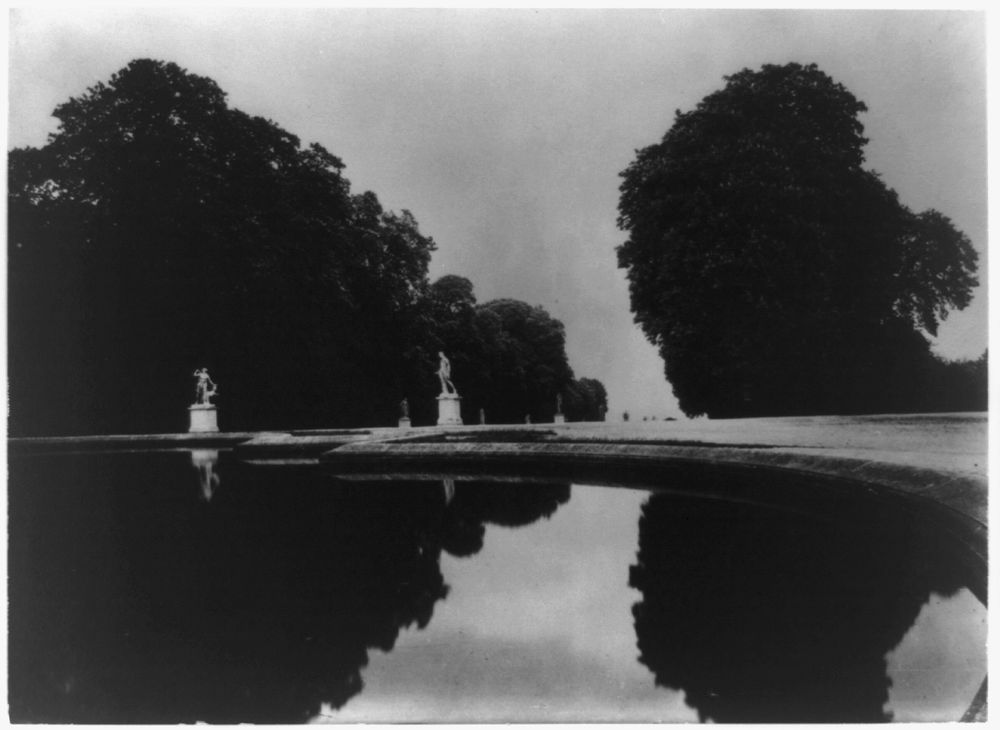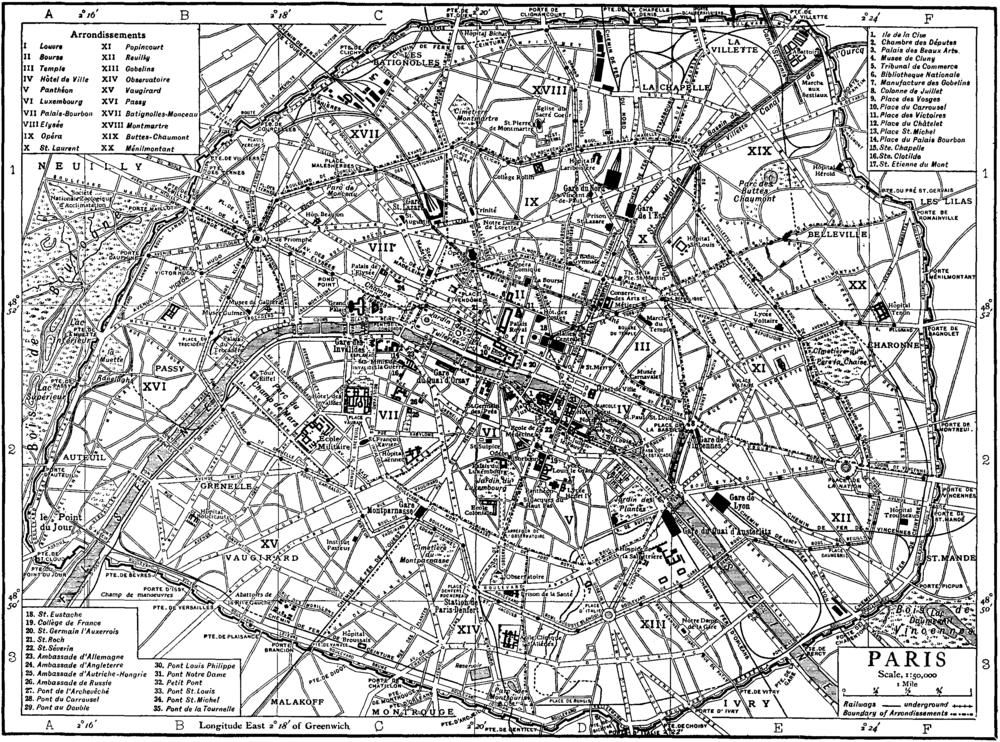Rossella, redux: Foucault and Heterotopia
Foucault first presented the concept of heterotopia in March 1967, in a lecture given in the course of a conference at the Circle of Architectural Studies in Paris. The content of the lecture was subsequently transcribed and published for the first time in October 1984 by the French magazine AMC (Architecture, Mouvement, Continuité). In the lecture—and also in the text that is based on it—Foucault puts forward the idea of heterotopia as a defined geographical site that possesses at the same time physical and intellectual dimensions.
Heterotopias (from the Greek ἕτερος, "other" and τόπος, “place”) are essentially and indissolubly connected to the structuralist preoccupation with history and configuration, and therefore also with notions of juxtaposition and simultaneity. Until the nineteenth century human experience was seen as measurable as a continuous line developing through time; from the twentieth century on however it was rather conceived as “a network that connects points and intersects with its own skein.” (Foucault, p.14).
Foucault sees the creation of heterotopias as directly linked with the shift from a former age strongly ruled by the belief in the linearity of time to an age concerned with questions of interconnectivity and space. He notes that space in this new age has to be intended not as an abstraction, but as a complex set of sites that are interrelated in various ways to one another. If on one hand real space is the necessary condition for the manifestation of heterotopia, utopian thinking is what laid its philosophical foundations. Heterotopias owe their existence to utopia in that they are an embodiment of utopias, or at least of some kind of utopias. Foucault defines them as places that are "outside all places, even though they are actually localizable” (Foucault, p.17).
Heterotopias are described by Foucault as “counter-emplacements," that is to say places in which sites that are part of the reality of each culture and civilization are at the same time “represented, contested and inverted” (Foucault, p. 17). They are thus hetero-topias precisely in that they are like concrete utopias, mirroring and reflecting on the societies that produced them, but at the same time other from them.
In his discourse, Foucault also attempts a categorization of heterotopias, which he calls heterotopology (Foucault, p.18). According to the proposed systematization, heterotopias can be described and analyzed following six general principles.
- The first principle underlines the universal character of heterotopias. Every civilization, according to Foucault, creates heterotopias, even though their actual form can vary from one culture to the other. Two types of heterotopia are however generally recognizable throughout cultures. Heterotopias of crisis can be found prevalently in primitive societies. These are places for individuals that are in what could be seen as state of crisis in relation to the environment they live in (such as the elderly, menstruating or pregnant women, and so on). In more advanced societies the heterotopia of crisis was gradually replaced by the heterotopia of deviation, reserved for those whose behavior is deviating from commonly accepted norms. To this category belong the prison, the psychiatric hospital, and so on.
- The second principle considers heterotopias whose function has mutated, also significantly, to follow changes in the culture that created it. One of such heterotopias is the cemetery, whose form and localization changed greatly through the ages to match not only preoccupations with sanitation but also altered beliefs regarding the immortality of the soul.
- In accordance to the third principle there are heterotopias that constitute microcosms bringing together sites that are otherwise incompatible with one another. To this category belong the theater and the cinema, but also the garden.
- Heterotopias described by the fourth principle are what Foucault defines as heterochronisms, which are sites that produce a break with traditionally experienced human time. Cemeteries are clearly heterochronisms, but so are musea, libraries, and archives, in which time accumulates indefinitely. To heterochronisms however belong also sites that are "absolutely chronic” (Foucault, p.20), that are extremely unstable, peripheral and transitory, such as fairgrounds and vacation villages.
- The fifth principle comprises heterotopias that are only accessible through regulated entry and are for the rest isolated. These heterotopias can be either those where access is compulsory, such as prisons, or those that require special gestures to be admitted into, such as sites devoted to rites of purification and baths.
- The sixth principle, finally, is about the function of heterotopias in relation to the surrounding real space. Either the role of heterotopia is to denounce the real space with which it is in relation as illusory, and in this case Foucault speaks of heterotopia of illusion, or conversely its role is to constitute spaces that are other real places, but improved and perfected, and this is what Foucault calls heterotopia of compensation. Brothels and certain kind of colonies belong to this sixth category, and both are seen as extreme examples of heterotopia.
In conclusion, most heterotopias have been necessary for all civilizations to function and develop. Quite emblematically in his final lines Foucault warns against societies that have gotten rid of the ship—which is an instrument of progress but also, in his words, the ultimate example of heterotopia. Such societies are ultimately deprived of imagination and are thus the most vulnerable to the threat of institutionalized violence and repressive rule.
Sources
Foucault M. (1967) ‘Des Espaces Autres' in Dehaene M. and De Cauter L. (ed.), 'Heterotopia and the City’, pp. 14-22, Routledge.


